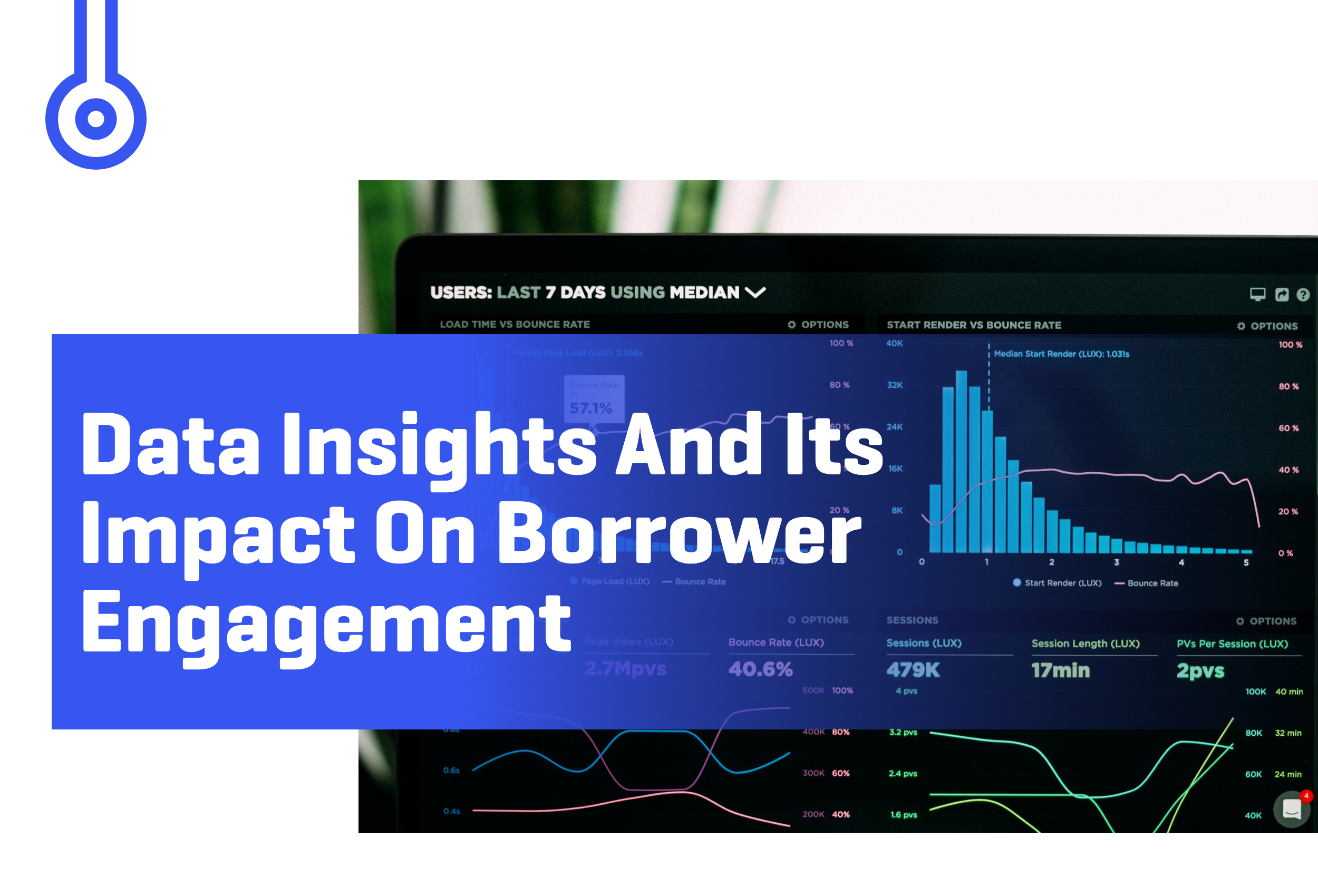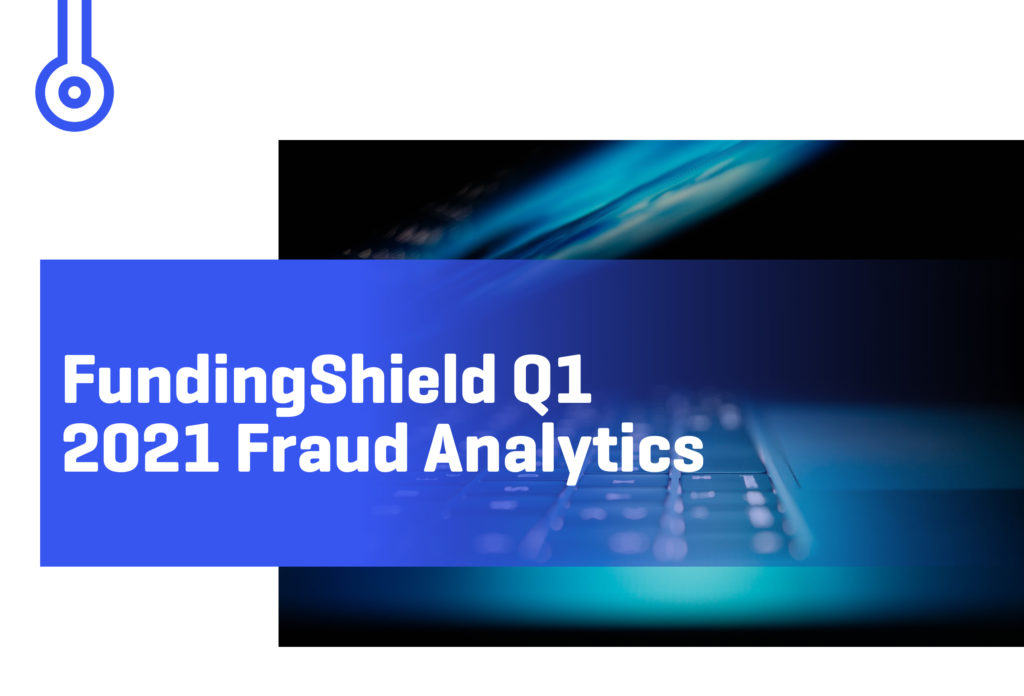
Josh Friend
CEO | Insellerate
The Insellerate platform, in the last three years alone, has handled over 2.6 million borrower applications and 66 million prospects.
So if you take a look at how many touchpoints each one of those has had, we’re talking about hundreds of millions of different touchpoints and data points throughout the borrower’s journey. This data provides excellent insights into what’s happening throughout the mortgage process with consumers and the trends impacting borrower engagement.
Brand loyalty in the mortgage industry right now is extremely low. Only 19% of consumers go back to the same lender for their next loan. Additionally, the costs of originating a loan have drastically risen. Over the last six to nine months, lenders say they have seen their cost go down because of the enormous refinance volume; however, costs are still drastically higher than they were a decade ago. So it’s getting more expensive to both find customers and originate loans.
We also know that competition is fierce.
There are over 16,000 registered NMLS mortgage companies out there. They all have access to the same loans. We’re selling a commodity Fannie/ Freddie, FHA VA, non-QM. Competition is very high, and consumers want a better borrower experience. Now, this isn’t new to the mortgage industry. It’s not unique to any specific industry. Consumers continuously want more convenience, better technology, and a more straightforward process.
Harvard Business Review recently published an article about Reinventing the consumer-direct business model. Something I found really interesting is the importance of understanding your consumer and how to engage in this direct-to-consumer world. Top brands for ten categories were unchanged from 1923 to 1980. For 60 years, it was Gillette. That didn’t change for 60 years. Then around 1983, this direct-to-consumer business model started kicking off. This changed who the top brands were in a short period of time.
Let’s look at the impact of this direct-to-consumer model on other industries.
For example, the mattress industry has Casper, Amerisleep, Nectar, Helix, Purple Mattresses, and Puffy. There are all these different mattresses companies out there using this consumer-direct model. Another example would be Dollar Shave Club, we’ve seen that company, most people have. Not just Dollar Shave Club, you have the Beard Club, Birchbox, Bevel, Harry’s, Billie, all these additional direct-to-consumer. Online Grocery and food services. I know this is something that during COVID, at my house, we used a lot.
This is also happening in the shoe and clothing apparel markets. Allbirds shoe brand, they’re well known for being made from recycled and sustainable materials. Also, there is Kizik, which is a slip-on shoe, which happens to be my favorite. They’re unbelievably comfortable. There are all these other online direct-to-consumer shoe brands out there. Then obviously we don’t want to forget Amazon. Amazon has heightened this level of direct-to-consumer business model, allowing you the consumer to buy things directly anytime, anywhere. The article highlighted that these early brands took advantage of market conditions.
Let’s take a look at what happened to the mortgage industry.
You can see that we’ve had brands that have embraced the direct-to-consumer model in the mortgage industry. An example would be Ditech.com , founded by Paul Reddam, at their height in the late 90s and early 2000s, they’ve funded over 20,000 loans a month, from a single office location in Orange County, California. You also have the Money Store; at their height, they were a massive direct-to-consumer mortgage brand. They used direct mail, television, and Radio. They sold for over $2 billion in the ’90s.
Quicken Loans, 20 years ago, wasn’t a top lender. Ten years ago, I don’t think it was a top lender. Now they’re the top lender in the country. How? Well, they are an example of a company that leveraged technology and invested in direct-to-consumer initiatives to create rapid growth.
It’s not just these long term household names that had made waves; new companies can come into the mortgage space.
We have a company like JFQ Lending. In less than two years, they’re now in the direct-to-consumer world. They’re going to close approximately $5 billion in production within 12 months of business. That’s amazing, and that’s leveraging technology, best practices, and the commitment to continually improving.
Let’s take a look at how borrowers’ engagement is transforming how lenders interact with their potential borrowers to create high-velocity growth. Here is a personal example of how companies leverage technology and data to engage with me as a consumer. In my Facebook feed, I had an AD from monday.com, which is a workflow management tool. Somehow, I got targeted as someone who runs a technology company or a team to use this Monday tool, and guess what? It showed up on my Instagram feed. Monday.com might email me or do some Google AdWords. That’s very powerful. Because now, Monday.com becomes very well known to me. If I see them over and over again when I look to make that purchase decision, I’m going to choose Monday.com.
The question is, how does this happen? What do you do? It’s digital retargeting, where you can reach audiences through multiple channels and multiple means. This specifically is using custom audiences on Facebook , Instagram or Google AdWords. You can do it on LinkedIn. You can do it on Twitter as well.
How does digital retargeting work?
Let me give you an example of Facebook. Typically in the mortgage industry, we provide loan officers with the ability to post things to their webpage or their own Facebook feed. Great, but if the average loan officer has three or four people that follow them, that post only reaches those three or four hundred people. How many of those people are actually in the market for a loan? Most of the time, those people are friends and family and acquaintances, who are not necessarily looking for a loan, and if they were in the market, they would reach out to you.
The challenge for many lenders has been how to leverage social media to enhance borrower engagement while improving outreach and conversions. Insellerate is transforming borrower engagement by incorporating retargeting into its lead management and CRM solution. What our system does, it drops those people into custom audiences, which means, instead of 500 people, if I have 5,000 people in my database that I want to engage with, I can reach out to those 5,000 people through Facebook or Instagram and Google AdWords, and drop a campaign in front of them, whether or not they’re following me or they’re a friend with me or not. This allows lenders to engage with more potential borrowers and change the dynamic massively. This robust engagement is not just digital; it’s not only this new technology, but it’s also combining traditional and nontraditional.
Amazon uses direct mail. I’ve gotten a piece of mail from Amazon that alerted me that I had not used my Amazon Prime video subscription. I opened the piece of mail in my mailbox, and It said, “Dear Josh, you are a member. You get Amazon Prime Video for free.” Something to the effect of, “Here are two or three suggestions. Why don’t you log in?” I did. And I had seen ads for this multiple times, emails from them saying, “You should use Amazon Prime Video. It’s already paid for,” but it was direct mail that brought it all together.
So whether you’re using traditional or nontraditional, you have to be able to combine all these pieces and touchpoints to transform borrower engagement.
Consumers expect you to be always on, right? Customers have to be able to get ahold of you, Live-Chat, cell, or whether it’s text messaging. The critical factor is to make sure your ability to engage extends through mobile devices so that that text messages can be responded to in real-time, in a compliant manner.
How frustrating if you’re a borrower, and you reach out to me through text and say, “Hey, what’s going on with my loan?” I say, “Gee, let me get back to you when I am in front of my laptop.” The typical loan officer can’t instantly respond because if they text back on their cell phone, it is not tracked with the lender’s system and is therefore out of compliance. Instead of being responsive, the loan officer delays getting back to them, which leads to low borrower satisfaction.
So you have to be able to manage text messages compliantly. You have to be able to manage to opt-in, opt-out. You have to be able to keep a record in case there’s ever an audit of what was said to this customer. So those have all been challenges, it’s all been friction points until now.
What lenders need to do right now is invest in technology to improve the tech stack and align your data if you want to do borrower engagement well.
The key is to deliver all of this functionality to the loan officers on one mobile platform that can manage outreaches like emails and texts and social media and direct mail and phone calls, all from the palm of the loan officers’ hands.
In this marketplace, you have to be virtually accessible, whether they call you or email you or go online or meet you face-to-face, you have to manage that customer from the very firsthand raise to repeat business, and you have to be able to do that efficiently, in a mobile, always-on environment.









